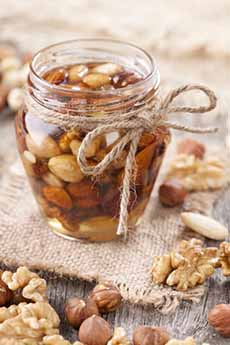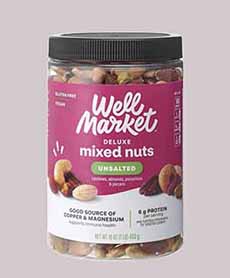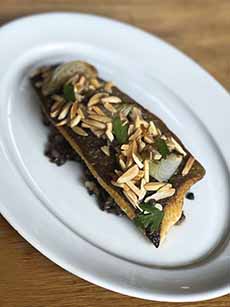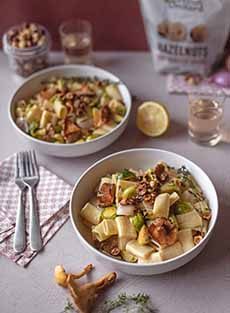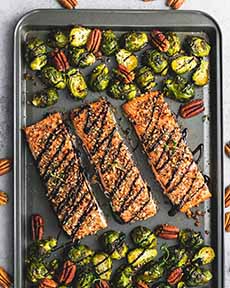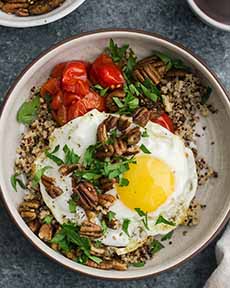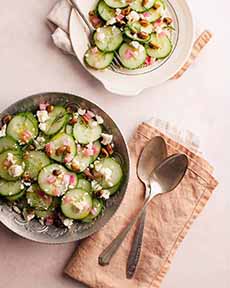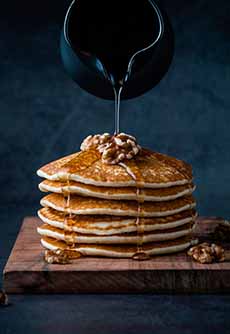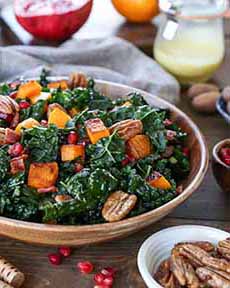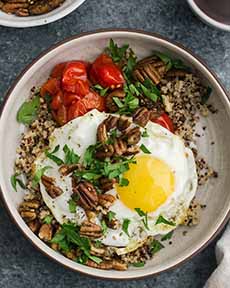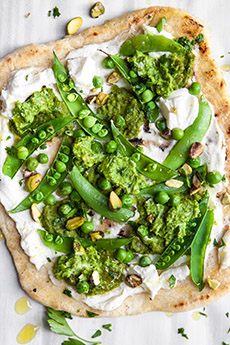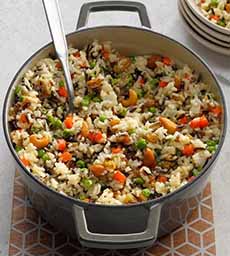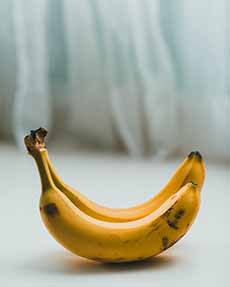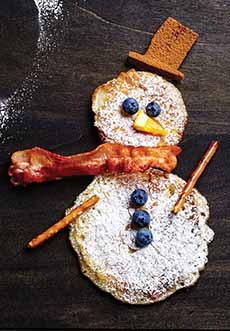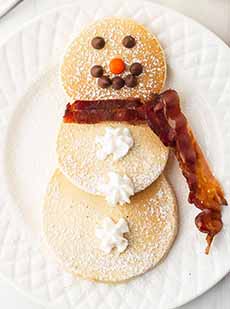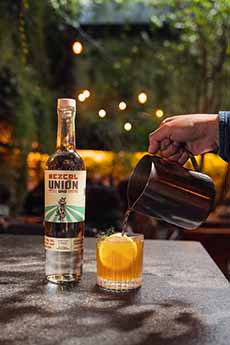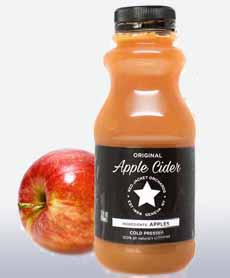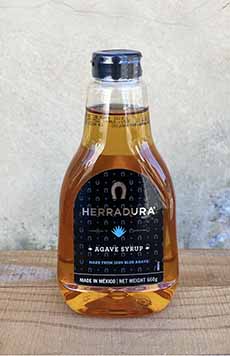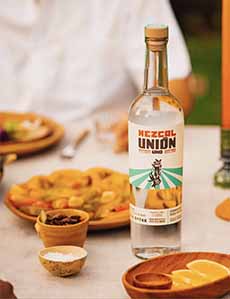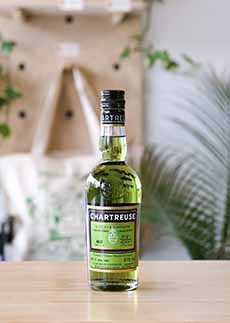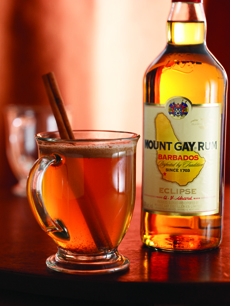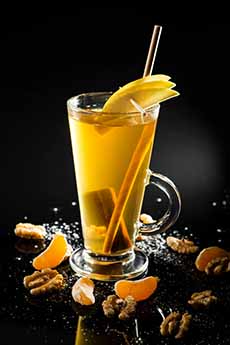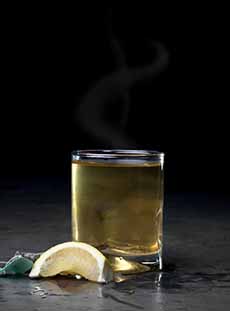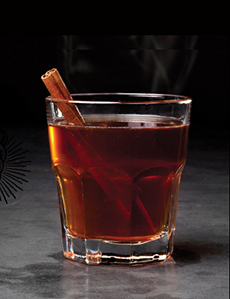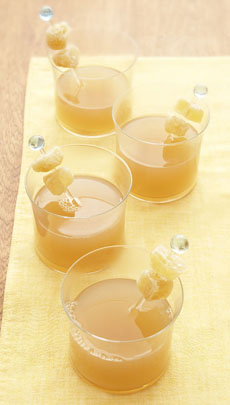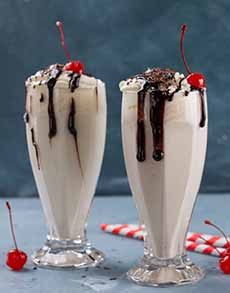|
January is National Tea Month. If you appreciate the flavors in a good cup of tea, there are ways you can get the best possible out of your leaves—be they loose or in tea bags.
Brewing the perfect cup of tea is all about finding the sweet spot between time and temperature, says Arthur Gautier of Nio Teas.
“Each type of tea needs to be brewed using its own distinct method to bring out its best flavors,” he says.
To help you understand how to brew each tea just right and make your tea time perfect, Arthur has provided the correct brewing temperature and steeping time for each type of tea from the tea plant, Camellia sinensis.
Depending on the processing of the leaf, this plant produces black, green, oolong, white, and yellow teas. But it does not produce herbal tea*.
> Check out all the tea holidays: There are more than 20!
FIRST QUALITY, THEN BREWING
To get a great output you need a great input: quality tea. And then, there’s brewing.
Arthur Gautier of Nio Teas commented, “Tea doesn’t just taste great; it can have amazing health benefits when brewed right. Each type brings something unique to the table.
“Take black tea, for instance—it’s rich in antioxidants that support heart health, and its natural high caffeine gives you a nice, steady lift without the jitters you might get from coffee.
“Green tea is also famous for its antioxidant punch, especially EGCG, which has been linked to everything from boosting metabolism to promoting healthy skin.
“Then there’s white tea—it’s super gentle, but don’t let that fool you. It’s loaded with polyphenols, which can help protect your cells from damage.”
Here are his expert tips on how to brew tea in each of these categories.
BLACK TEA: BOLD & CLASSIC
Black tea is the most oxidized of all the teas, which gives it its distinctive dark color and strong flavor. The oxidation process deepens the tea’s color and enhances its bold, brisk taste.
Originating in China, black tea cultivation has since spread to regions like India, Sri Lanka, and Kenya, with each country offering its own unique varieties—for example, Assam and Darjeeling from India, and Ceylon from Sri Lanka.
Like all agricultural products, the flavor and other qualities of a tea are a result of its terroir†. Depending on where it’s grown, black tea can range in taste from malty and earthy to fruity and floral.
It also has the highest amount of caffeine among the traditional teas, making it a popular choice for mornings.
How To Brew The Perfect Black Tea
Water temperature: 200°-212°F / 93°-100°C (bring to a rolling boil).
Steep time: 3-5 minutes.
Pro tip: For a richer flavor, don’t rush the steep! “However, longer steeping adds more caffeine and can turn the tea bitter. “Experiment to find your sweet spot,” Arthur suggests.
GREEN TEA: FRESH & GRASSY
Green tea is beloved for its fresh, clean flavors, which come from minimal oxidation. The leaves are typically steamed or pan-fired right after harvest to stop the oxidation process, preserving the vibrant green color and delicate taste.
The flavor can range from sweet and floral to slightly grassy or even nutty, with Chinese and Japanese varieties each offering distinct profiles. Dragonwell, Genmaicha, and Sencha are some popular green tea types, with Matcha uniquely produced as a powdered version of the whole leaf.
How To Brew The Perfect Green Tea
Water temperature: 160°-180°F / 71°-82°C. The water should be simmering, not boiling.
Steep time: 2-3 minutes.
Pro tip: Green tea turns bitter if brewed too hot or too long. Start with a shorter steep and cooler water for that perfect smooth sip.
WHITE TEA: DELICATE & FLORAL
White tea is the least processed of all teas. It is made from the youngest tea leaves and buds that are only dried without rolling or oxidation—no heat. This minimal processing results in a light, delicate, and naturally sweet tea, often with a floral or honey-like aroma.
Originating from China, particularly the Fujian province, white tea is known for its subtlety and elegance. Silver Needle and White Peony are popular varieties, with flavors varying from fresh and crisp to slightly fruity or woody.
White tea also contains the least amount of caffeine, making it perfect for drinking all day.
How To Brew The Perfect White Tea
Water temperature: 160°-170°F / 82°-93°C (let the water cool slightly after boiling).
Steep time: 4-5 minutes.
Pro tip: White tea is quite forgiving, Arthur says. You can steep it longer without the bitterness creeping in, so you’ll have a mild, naturally sweet brew.
OOLONG TEA: A BALANCE OF LIGHT & DARK
Oolong tea is a semi-oxidized tea, falling somewhere between green and black tea in terms of how it’s processed. Its oxidation level can vary widely, leading to an very wide range of flavors from light and floral to dark and roasted.
Traditionally grown in China and Taiwan, oolong teas are meticulously crafted through a process that includes withering, shaking, and partial oxidation, followed by rolling and drying. This creates complex flavor profiles that can include floral, fruity, or nutty notes.
Oolong is a bit of a multi-tasker, helping with digestion, weight management, and stress relief. It’s often described as the most “complex” tea. Popular varieties include Tieguanyin (Iron Goddess of Mercy) and Da Hong Pao (Big Red Robe).
How To Brew The Perfect White Tea
Water temperature: 180°-200°F / 76°-82°C (a little cooler than black tea).
Steep time: 3-5 minutes.
Pro tip: Oolong’s complex flavors develop over multiple short steeps, so don’t stop after one cup. Try re-steeping for a deeper, more layered taste each time.
YELLOW TEA: A BALANCE OF LIGHT & DARK
Yellow tea is a rare and highly prized tea, produced mainly in China. It’s similar to green tea in that it undergoes minimal oxidation, but what sets it apart is the slow “yellowing” process.
After the leaves are lightly fired, they are wrapped and allowed to oxidize slightly, which mellows out the grassy notes found in green tea and adds a smooth, sweet flavor.
“Yellow tea is incredibly smooth, with fruity or floral undertones that are subtle and refined,” says Arthur. “Because of its rarity and the labor-intensive process needed to make it, yellow tea is often considered a special treat for tea aficionados”—more expensive than green tea.
How To Brew The Perfect Yellow Tea
Water temperature: 170°-180°F / 77°-82°C (a little cooler than black tea).
Steep time: 3-4 minutes.
Pro tip: Yellow tea is gentle on the palate, so experiment with shorter or longer steeps to find your ideal balance of mellow and fruity.
> Here’s more about yellow tea.
PU-ERH TEA: RICH & EARTHY
Pu-erh tea is a fermented tea from the Yunnan province of China. Unlike other teas, pu-erh undergoes microbial fermentation and aging after it’s been processed, giving it a unique, deep, earthy flavor.
It’s sometimes called a dark tea in China, but it’s not the same as black tea in the West.
Pu-erh is known for aiding digestion and is often enjoyed after meals in China. There are two categories of pu-erh: raw (sheng) and ripe (shou). Raw pu-erh is aged naturally over years or even decades, while ripe pu-erh undergoes a faster fermentation process to mimic the aging of raw pu-erh in half the time.
The tea’s flavors can range from earthy and rich to smooth and slightly sweet.
How To Brew The Perfect Pu-Erh Tea
Water temperature: 195°-205°F / 90°-96°C (a little cooler than black tea).
Steep time: 2-3 minutes.
Pro tip: Like oolong, pu-erh can be re-steeped several times. Each steep reveals a new layer of flavor, from earthy to fruity. Don’t throw the leaves out before you’ve had a chance to explore the different flavors.
MORE TO KNOW ABOUT TEA
An Overview Of Tea
The History Of Tea
How To Avoid Cloudy Iced Tea
How To Brew Iced Tea
How To Plan An Iced Tea Party
Iced Tea Recipes
Tea Facts
Tea Glossary: Tea Types & Terminology
ABOUT NIO TEAS
Nio Teas is a premium brand specializing in high-quality Japanese green teas, including matcha, sencha, and gyokuro. They source directly from organic tea farms in Japan, ensuring pesticide-free products.
Nio Teas prides itself on cultivating strong relationships with farmers and hand-selecting teas for their unique flavor profiles. Their offerings include ceremonial matcha, loose-leaf teas, and curated tea samplers. Nio Teas also emphasizes sustainability and the health benefits of Japanese green tea, providing educational resources for tea enthusiasts worldwide.
|
|

[1] Whether you’re brewing from a tea bag or loose leaves, use the appropriate water temperature and steeping time (photo © Mark Wendell Tea | Facebook).
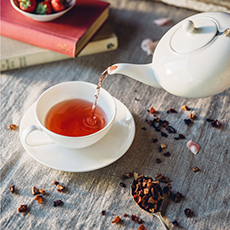
[2] Darjeeling is a black tea from India that ranges in color from light gold to a darker bronze. The color of all tea depends on the flush, or harvest, of the tea leaves (photo © Newby Tea).

[3] Steeping loose green tea (photo © Steven Smith Teamaker).

[4] As with all types of tea, the color, intensity, and flavors vary based on terroir† (photo © Japanese Tea Online).

[5] White tea can have barely any color, or it can be a pale green that can overlap in hue with the palest green teas (photo © Elena Kloppenburg | Unsplash).
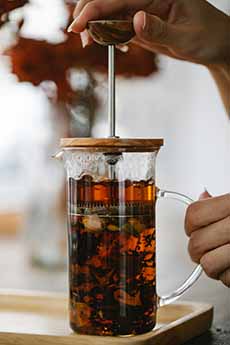
[6] You can also brew tea in a French Press (photo © Charlotte May | Pexels).

[7] Kenyan black teas often brew to a bright reddish-orange color. Ceylon black teas (from Sri Lanka) can also have a distinctive copper-orange hue (photo © Tea Forte).
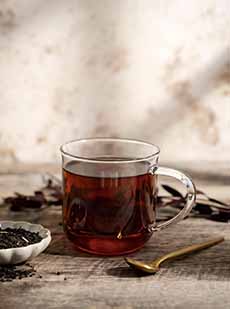
[8] Pu-erh, a fermented black tea that originated in the Yunnan province of China, has the darkest liquor (i.e., the brewed liquid) of any tea. It is not a black tea, but is in its own category (photos #8 and #9 © Artful Tea).

[9] The Fujian and Guangdong provinces of China are known for their oolong teas. The tea was originally developed in the Wu Yi Mountains during the Qing Dynasty (1644 to 1912). Oolong is also a local specialty in Taiwan, with famous varieties such as Baozhong and Dong Ding.

[10] Pouring Huo Shan Huang Ya, a rare yellow tea (photo © In Pursuit Of Tea).
|
________________
*Herbal teas are not considered “real” tea because they’re not made from Camellia sinensis. Instead, they are made from various botanicals: barks, flowers, herbs, leaves, fruits, roots, or spices. They can be infused fresh or dried.
These brewed herbal beverages are properly called infusions or tisanes. Tisane originally referred to a medicinal drink or infusion made with barley. The word comes from Middle English via Anglo-French, from Latin ptisana, from Greek ptisanē. It literally means crushed barley, from the verb ptissein, to crush. Isn’t etymology interesting?
All herbal teas are caffeine-free and have been used in homeopathic medicine for millennia. Each has a specific benefit. Perhaps the best-known in this capacity is the bark of the willow tree. It’s been used for more than 4,000 years to relieve pain and reduce fever‡. Both the bark and the leaves have anti-inflammatory and pain-relieving properties.
Other herbal tea benefits: Examples include chamomile tea for stress and sleep, ginger tea for indigestion and morning sickness, peppermint tea for headaches and motion sickness.
†Terroir, pronounced tur-WAH, is a French agricultural term referring to the unique set of environmental factors in a specific habitat that affect a crop’s qualities. It includes climate, elevation, proximity to a body of water, slant of the land, soil type and amount of sun. These environmental characteristics give a fruit, vegetable, cheese, olive oil, tea, coffee, etc., its unique character.
‡In 1826, Italian researchers extracted salicin, a natural compound found in willow and poplar bark and leaves—from willow bark. In 1898, a chemist for the German pharmaceutical company Bayer, synthesized acetylsalicylic acid, or aspirin, from salicin. Aspirin was an improvement over salicin because it was easier on the stomach and didn’t taste as bad.
CHECK OUT WHAT’S HAPPENING ON OUR HOME PAGE, THENIBBLE.COM.
|
